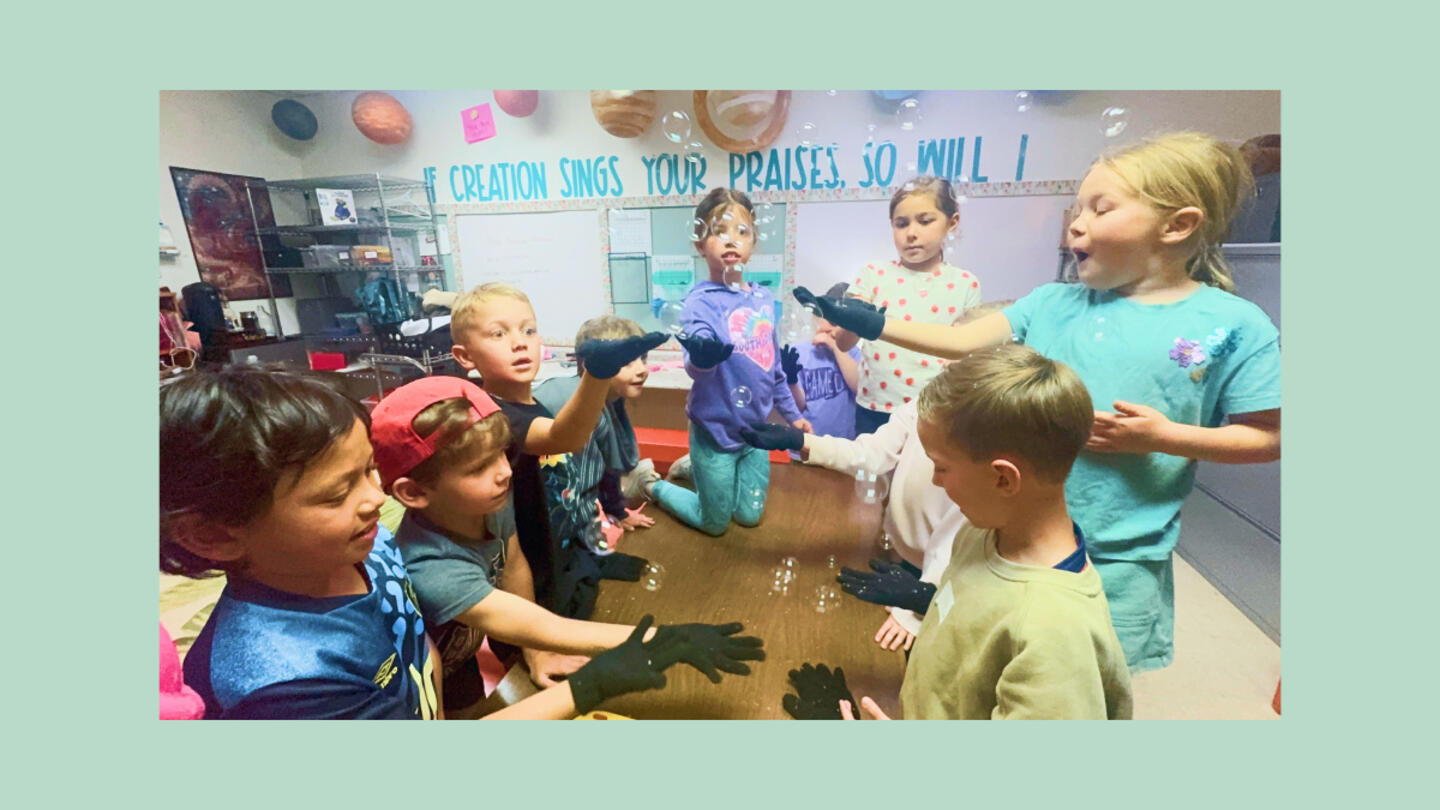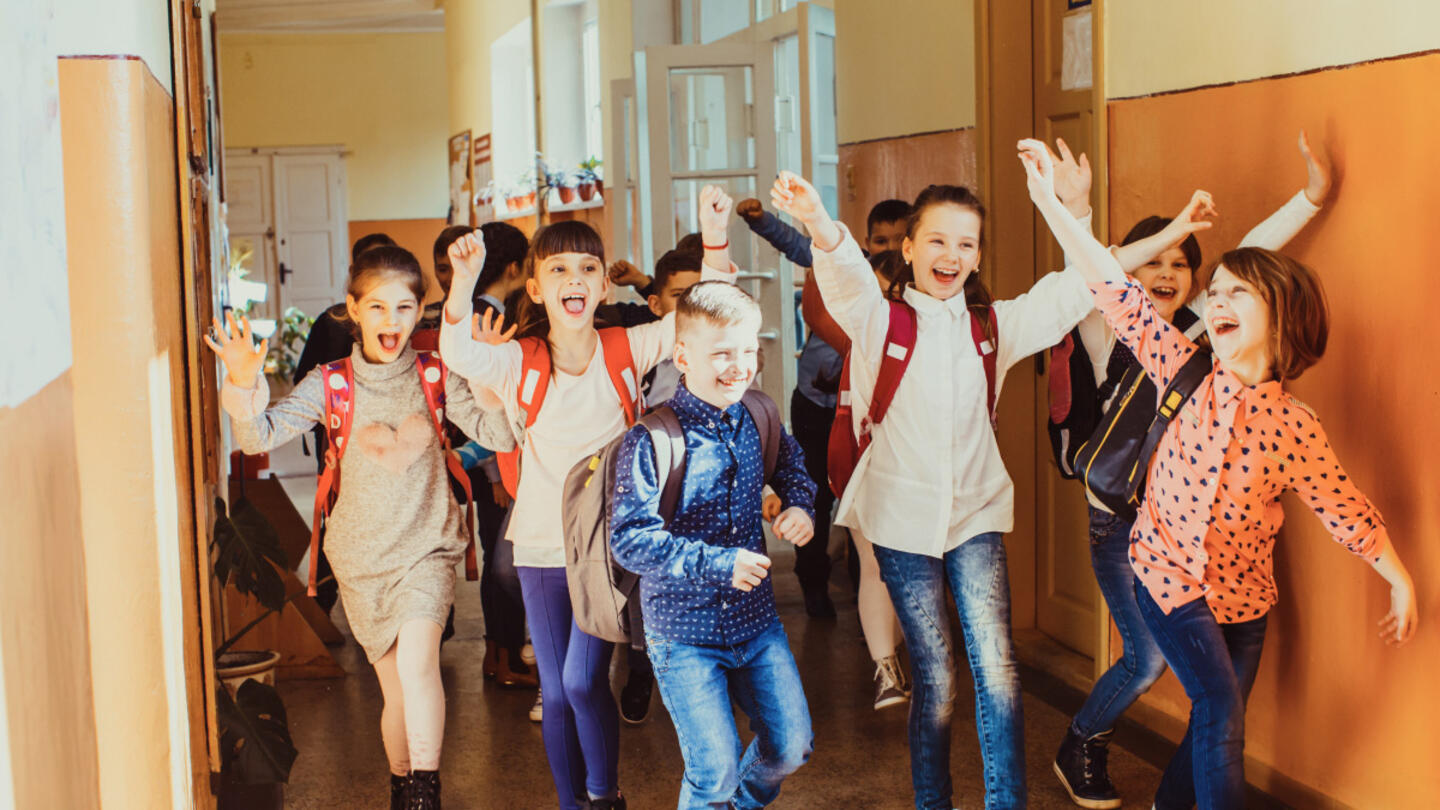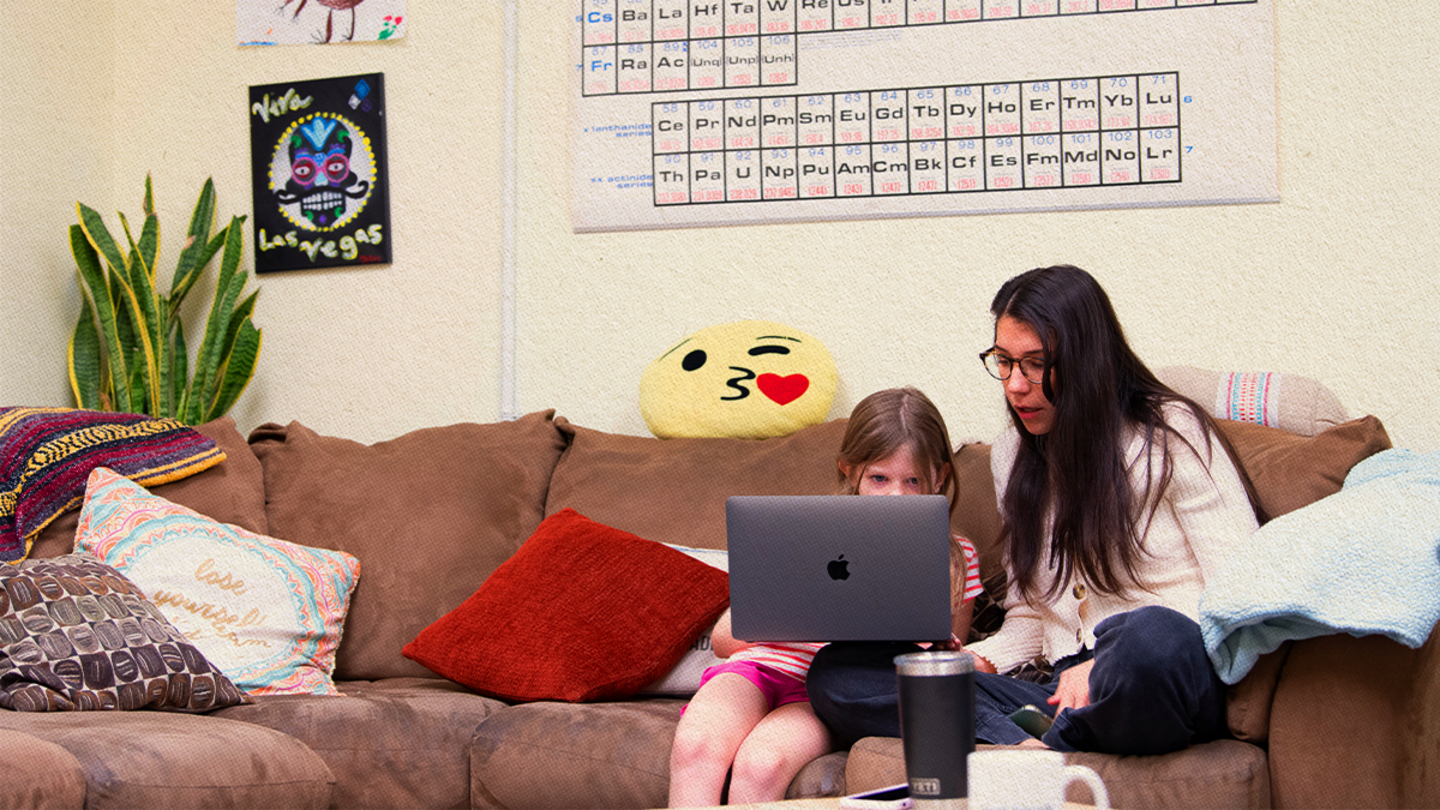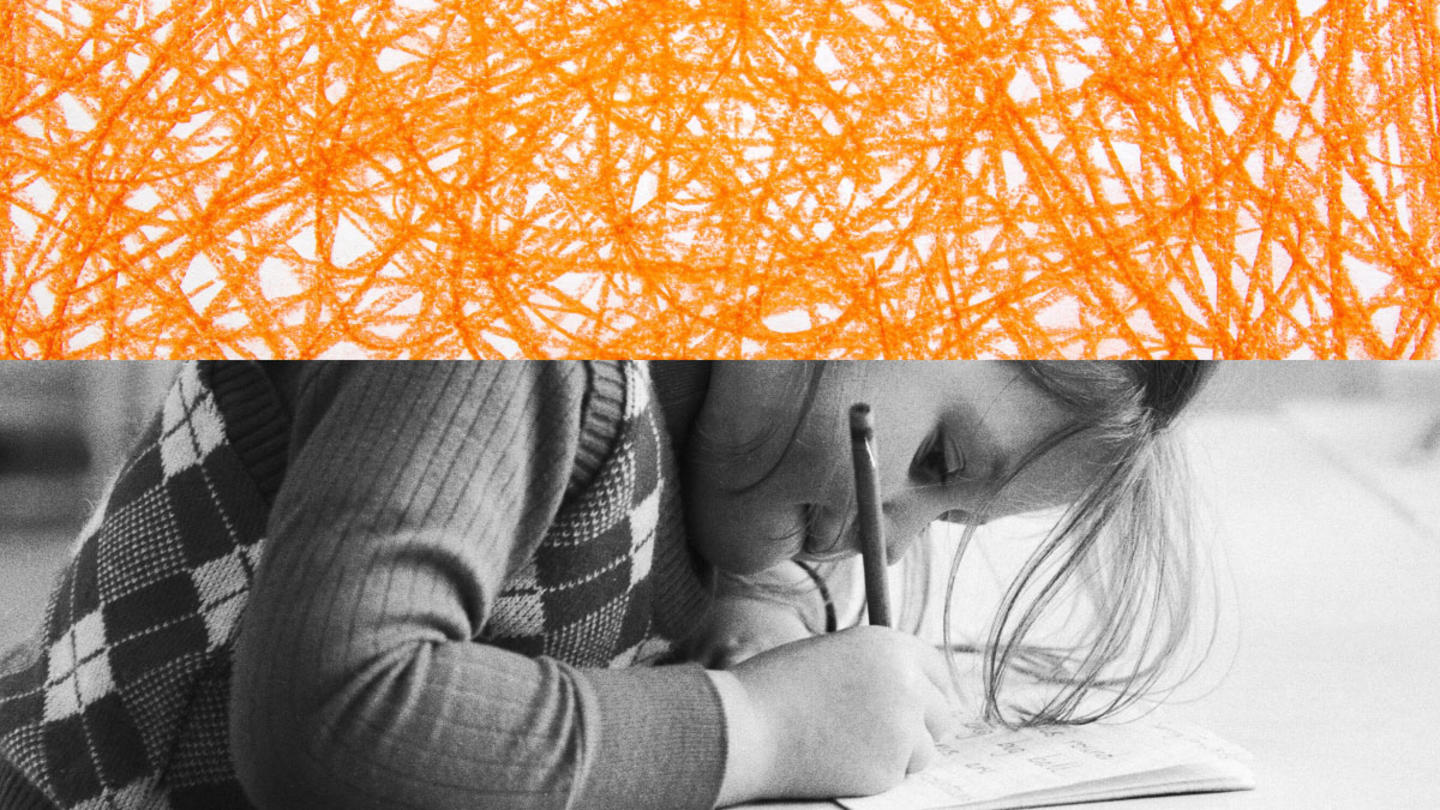What does it mean to value social and emotional learning in education?
Education is about more than standardized curriculums. Skills like empathy and communication — social and emotional learning — are gaining traction across educational institutions worldwide. But what does that look like in practice?
SEL aims to develop the whole child, focusing on fostering vital interpersonal and intrapersonal skills in addition to academic achievement. Here’s a guide to what it is, why it matters, and how educators can incorporate it to help tailor education to each student’s unique needs.
What is social and emotional learning?
SEL is a comprehensive education model that goes beyond academics. It’s about building essential life skills, such as:
- Managing emotions,
- Establishing and maintaining positive relationships,
- Making responsible decisions, and
- Setting and achieving positive goals.
SEL is about recognizing and respecting the unique attributes of each learner and tailoring learning to those attributes.
At One Stone School in Boise, Idaho, students aren’t graded. They are assessed via “growth transcripts,” which include soft skills like vulnerability, empathy, and ambition. Students develop their own goals for the year. Rather than aspiring to get an A or a gold star, they hope for growth, like being “a lot less worried about the future,” having “compassion,” and being able to “explore the unfamiliar and deepen connection with the world.”
Why social and emotional learning is needed today
The one-size-fits-all education system doesn’t work for every student. Everyone has different goals, needs, and talents, and the best curriculums are the ones that account for student individuality.
Tyler Thigpen co-founded The Forest School to empower students to learn on their own terms. At the school, students decide what and how they learn. Discovering their unique strengths, talents, and passions often leads to success and fulfillment.
“School has been set up and designed to quiet and, in some cases, even shut down the chance for young people to identify, express, and develop their own thoughts, feelings, and plans,” Thigpen said.
The components of social and emotional learning
“Social” and “emotional” are broad terms, but SEL has five core components that can guide educators and make sure learners are set up for success:
- Self-awareness: understanding one’s emotions, values, strengths, and limitations.
- Self-management: effectively managing emotions, stress, and impulses and setting and achieving personal and academic goals.
- Social awareness: empathizing with others and understanding diverse perspectives.
- Relationship skills: establishing and maintaining healthy relationships through effective communication, conflict resolution, and collaboration.
- Responsible decision-making: making ethical, constructive choices about personal and social behavior.
The benefits of social and emotional learning
The traditional education system measures success in one way: grades. And yet, a variety of indicators suggest the SEL approach to gauging achievement may have a lot more to do with real-world happiness than a transcript.
Some of the benefits of SEL include:
- More effective school performance: Even though academics are just one piece of SEL’s focus, it is notable that social and emotional learning can bolster and enhance traditional education in addition to supporting students’ personal growth. Research has consistently shown that including soft skills can enhance students’ classroom performance.
- Better preparation for the future: SEL equips learners with the skills necessary to succeed in the future, including effective communication, teamwork, and solving problems. Research shows these soft skills are often just as important, if not more so, than traditional academic skills in preparation for life outside of school.
- Improved mental health outcomes: By helping students understand and manage their emotions, SEL can play a significant role in promoting mental health and preventing mental health disorders. This includes decreasing the risks of depression, anxiety, and suicide.
Sign up for Stand Together's K-12 newsletter and get stories, ideas, and advice from changemakers who are transforming education across the country.
Uplifting educators and students alike
Students aren’t the only ones who stand to benefit: SEL can be equally transformative for teachers.
For educators, implementing SEL can be deeply rewarding. It allows them to connect with learners on a deeper level, fostering meaningful relationships. Moreover, SEL can empower educators to be more responsive to the unique needs of each learner, allowing teachers to reach a higher level of purpose and fulfillment in their roles.
“The teachers get to know the students intimately and deeply,” said Erica Cantoni, who leads national development for the Wildflower Foundation, a network of over 60 Montessori schools. Students at these schools are encouraged to pursue personal growth alongside traditional academics.
“These are my children,” said Ebony Marshman, co-founder of the Montessori-style Riverseed School, which is supported by the Wildflower Foundation. “I love being invested in this work with our kids. It really is beautiful.”
The same goes for larger communities: More socially and emotionally aware youth leads to a future filled with more empathetic, respectful, and responsible citizens. By fostering essential life skills, SEL can help learners become more engaged members of their communities and figure out how to use their strengths to uplift those around them.
Social and emotional learning in practice
SEL can sound theoretical. It’s not. Here’s how to incorporate it:
- Embed SEL into the curriculum: Some schools integrate SEL into the curriculum, weaving social and emotional learning principles right into the syllabus alongside history and Spanish. This may include group activities that foster teamwork and communication or discussions about emotional topics that encourage learners to reflect on their own emotions.
- Provide SEL training for educators: To effectively implement SEL, educators need skills and knowledge. Some schools, like the Institute for Social & Emotional Learning, provide SEL training for educators, teaching them to foster social and emotional learning in the classroom.
- Engage parents and the community: No school can succeed on its own. Parents and the broader community are essential for supporting SEL and helping it grow. The more schools include parents and community members in their students’ social and emotional growth, the more everyone will experience success.
At AdventureMe in Colorado, founder and educator Tamara Wineland knows the community around her is the best educational tool she can use. She engages community members to make the primarily outdoor curriculum more engaging, exciting, and illuminating for her students, whether they’re local beekeepers, farmers, park rangers, or specialized therapists.
“This program has worked in part because of how it’s plugged us into our community,” Wineland said. “We have to rely on our community to bring in some of our resources. … When you reach out into the community, you make connections, and the roots just go deeper.”
The future of social and emotional learning
As schools strive to cater to diverse needs and a rapidly changing world, resilience, empathy, and adaptability become more critical every day.
A supportive, engaging curriculum empowers learners in and out of the classroom. A truly inclusive, responsive learning environment prepares students for a complex world.
“There’s a moment, or series of moments, that learners step up in a way that’s completely new,” Thigpen said.” You can never take that away from them, and we believe it’s going to carry on for the rest of their lives.”
***
Learn more about Stand Together’s education efforts, and explore ways you can partner with us.

New Johns Hopkins data shows homeschooling’s recent surge has transformed the education landscape.
Step 1: Find the best learning environment for your child. Step 2? Figure out how to pay for it.

Here’s what happens when AI replaces teachers.

Four suggestions for policymakers and education influencers wanting better choices for families.
